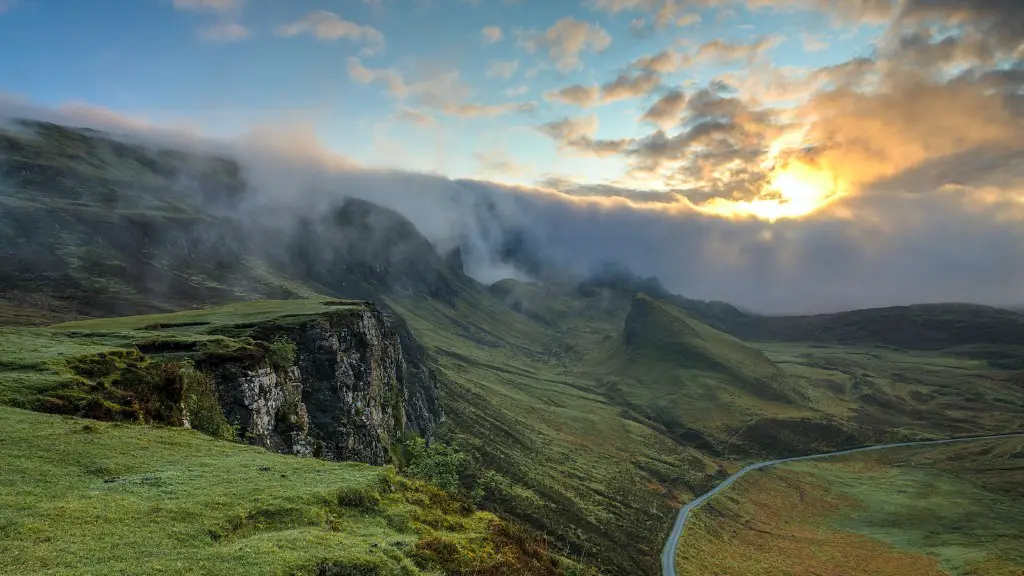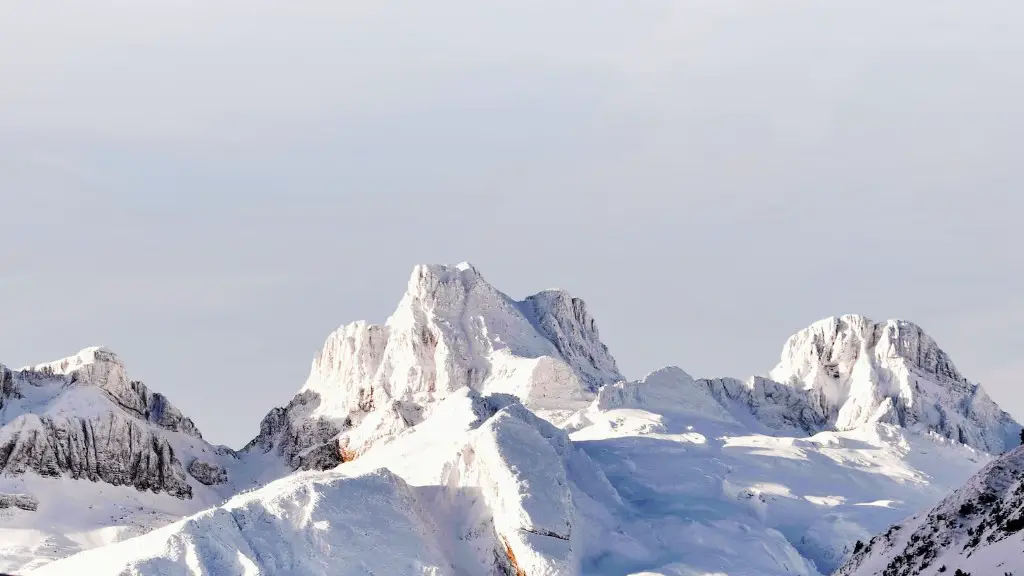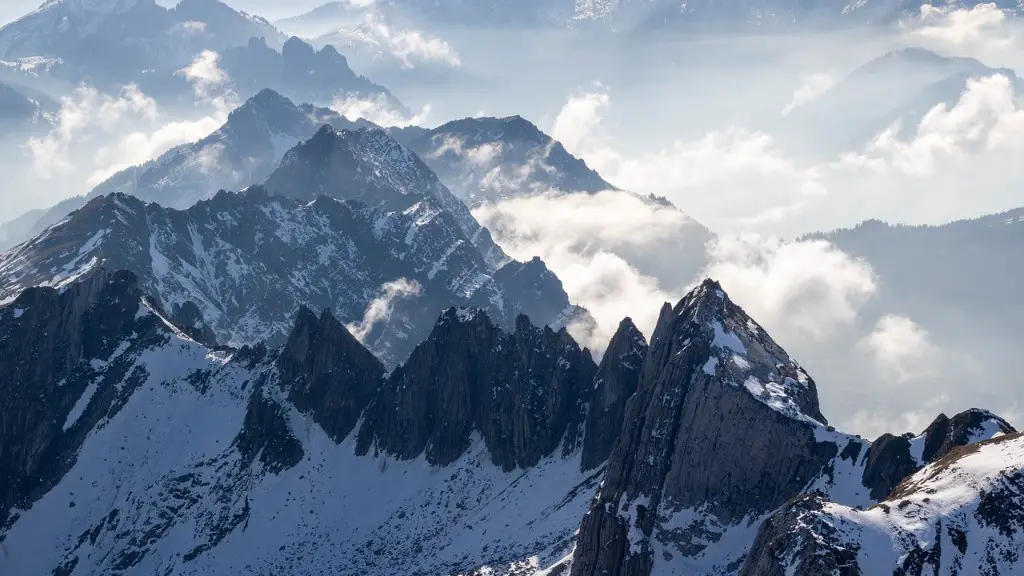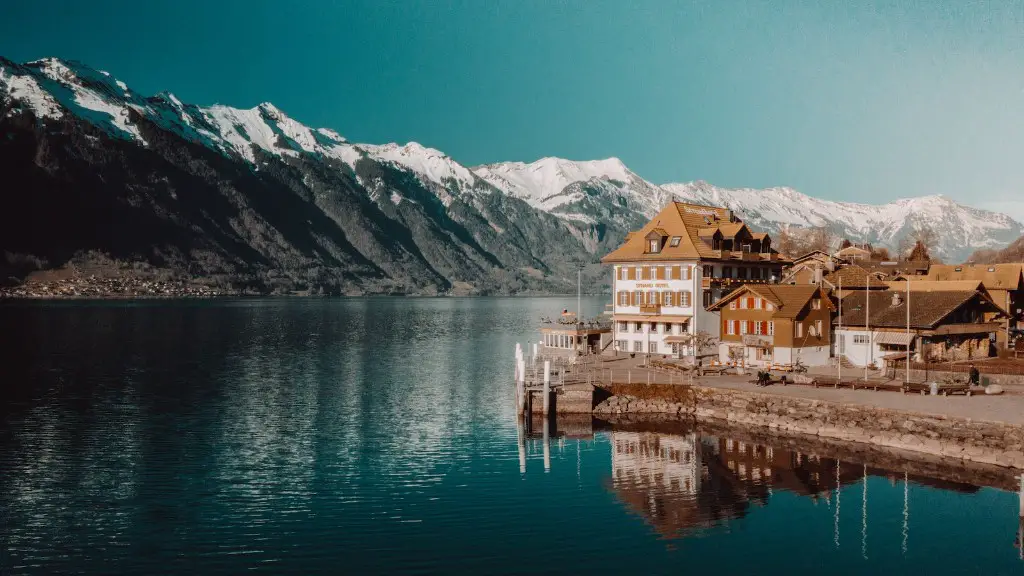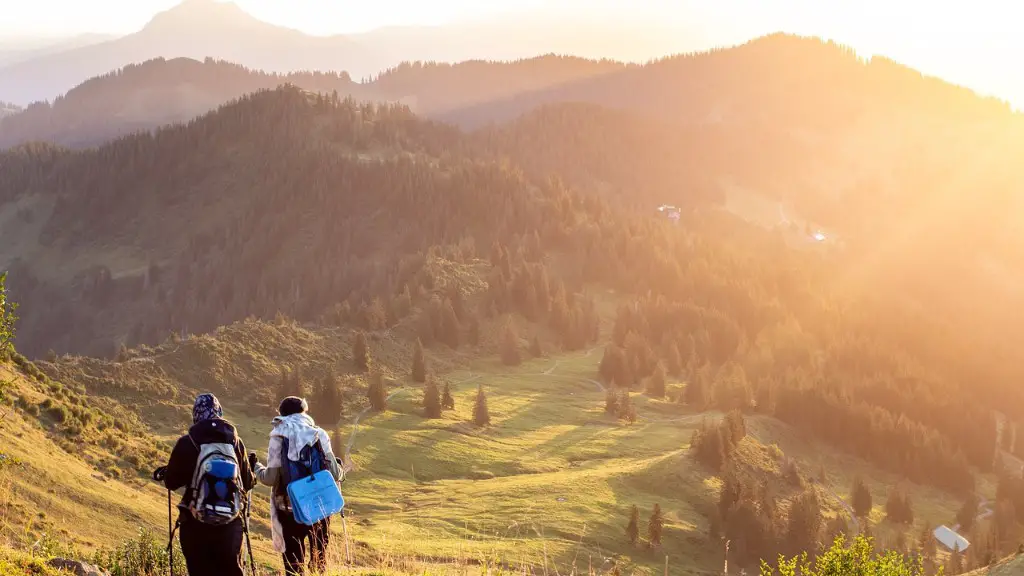Mount Kilimanjaro is the highest mountain in Africa and one of the most popular trekking destinations in the world. The mountain is located in Tanzania, about 9 hours drive from the capital city of Dar es Salaam. The trek to the summit of Kilimanjaro takes about 5-7 days, and is a challenging but rewarding experience. The views from the summit are incredible, and the sense of accomplishment at reaching the top is indescribable. If you’re looking for an adventure of a lifetime, Mount Kilimanjaro is the perfect destination.
Mount Kilimanjaro is the highest mountain in Africa, at 19,341 feet (5,895 meters). The mountain is located in northeast Tanzania, near the Kenyan border. The mountain is a volcanic cone that is composed of three distinct volcanic cones: Kibo, Mawenzi, and Shira. The mountain is surrounded by the savannah plains of Africa.
What does it feel like to climb Kilimanjaro?
Climbing Kilimanjaro is mostly about dealing with the altitude. The summit night is the coldest, windiest section of the climb and it is very difficult. An ascent of 4,084ft with 49% less oxygen and a descent of nearly 6,870ft is challenging, but doable with the proper preparation.
Kilimanjaro is the tallest free-standing mountain in the world. It is not part of a mountain range and is made up of three cones: Kibo, Mawenzi, and Shira. Kilimanjaro is a stratovolcano, which is a very large volcano made of ash, lava, and rock.
How difficult is Mount Kilimanjaro to climb
Mountain sickness is a real concern when climbing Mount Kilimanjaro. 50% of climbers suffer from it, so it’s important to be prepared and train before attempting the kili climb. At 19,342 feet, or 5,895 meters, Kilimanjaro is an extreme altitude mountain trek. You will need to take care of yourself and be aware of the symptoms of mountain sickness. With proper preparation, you can make it to the top of Kilimanjaro!
The climb is an adventure to remember. You will see breathtaking views, fresh mountain air, birds and other wildlife, and bond with other climbers. But you will also face a very real physical and mental challenge. Be prepared for an amazing experience!
What is harder Everest or Kilimanjaro?
Everest Base Camp and Kilimanjaro are both difficult treks, but most people agree that Kilimanjaro is the harder of the two. The main reason for this is summit night – it’s a biggie. On Kilimanjaro, you’ll be summiting the tallest mountain in Africa, and the summit night is long and tough. You’ll be walking for hours in the dark, and the altitude will make it even harder. On Everest Base Camp, the summit night is shorter and not as difficult, but the overall trek is longer and more challenging.
Mt. Kilimanjaro is the tallest mountain in Africa, and is one of the most popular climbing destinations in the world. The mountain is located in Tanzania, and is approximately 19,341 feet tall. The climb to the summit is a non-technical climb, but is considered to be one of the Seven Summits, due to the height of the mountain.
The best time to climb Kilimanjaro is during the dry season, which is between January and March, and August and October. The weather during these months is typically sunny and dry, with little chance of rain or snow. However, the mountain is climbable year-round, and the weather conditions will vary depending on the time of year.
The cost of climbing Kilimanjaro will vary depending on the route that you choose, and the length of your climb. The average cost for a group of six people is approximately $4000, which includes the cost of permits, guides, food, and equipment.
There are a few things that you need to take into consideration before you decide to attempt to climb Kilimanjaro. First, you need to make sure that you are physically and mentally prepared for the challenge. The climb is long and
How much does it cost to climb Kilimanjaro?
If you’re looking to climb Kilimanjaro on a budget, there are a few things you should keep in mind. The average cost to climb Kilimanjaro is $2000 to $6000, and the price can vary significantly depending on the tour operator you choose. Budget operators tend to be much cheaper than large Western travel agents, but it’s important to make sure you’re getting what you pay for. There are various, unavoidable fixed costs to any tour operator, and if a climb seems too cheap, you should ask yourself why. Do your research and choose a reputable tour operator that fits your budget, and you’ll be sure to have a great experience climbing Kilimanjaro.
If you are planning to summit Mount Kilimanjaro, it is recommended that you spend five to nine days on the mountain. This will give you a better chance of success, as you will have more time to acclimatise to the altitude and will be less fatigued.
Why is Kilimanjaro so special
At 19,341 feet, Mount Kilimanjaro is the tallest mountain on the African continent and the highest free-standing mountain in the world. Kilimanjaro has three volcanic cones, Mawenzi, Shira and Kibo. Mawenzi and Shira are extinct but Kibo, the highest peak, is dormant and could erupt again.
Kilimanjaro is one of the world’s tallest mountains, and it’s also remarkably safe. Statistics show that there is only a 0.03% chance of dying on the mountain – a far cry from mountains like Everest. Around 30,000 people climb Mount Kilimanjaro every year, and considering that only a handful of people die every year, that’s not bad. So if you’re looking for an adventure that is both exhilarating and safe, Kilimanjaro is the perfect choice.
Is there a death zone on Kilimanjaro?
The main reason people fail to summit Mount Kilimanjaro is that they do not give themselves enough time to acclimatize to the lack of oxygen. Once you reach an altitude of 18,000 feet, you enter the lower realm of the death zone, where it is extremely difficult to survive.
Climbing Mount Kilimanjaro is definitely a challenge, given its altitude. However, supplemental oxygen is not needed in order to successfully climb the mountain or reach the summit. The key is to use the acclimatization method of walking slowly (pole pole in Swahili) and to climb high during the day but sleep at a lower altitude at night. following these steps should allow you to summit Mount Kilimanjaro without any issue!
Who should not climb Kilimanjaro
This is extremely important if you have any sort of pre-existing heart or respiratory condition, or if you’re over the age of 50. Smoking, drinking alcohol, and taking drugs (including sleeping pills) can all cause serious health problems when combined with the high altitude of Kilimanjaro.
Climbing Kilimanjaro is a great accomplishment that is definitely attainable for the average person. You don’t need to be especially fit or have any technical climbing skills. Just make sure you are well-prepared and have the proper gear.
How fit do you need to be for Kilimanjaro?
To summit Mount Kilimanjaro, you need to be in good physical shape and have some experience withtrekking and climbing. However, you don’t need to be super-fit or in excellent shape. If you can run for 30 minutes two to three times a week, and enjoy an all day hike at weekends, you should be able to complete the ascent without any problems.
It’s been reported that around 50% of the 30,000 people who head to Kilimanjaro every year fail to reach Uhuru Peak. This is likely because Kilimanjaro is a relatively “easy” mountain to climb in terms of the amount of experience you need.
Warp Up
Mount Kilimanjaro is a large mountain in Tanzania. It is about 19,341 feet tall. The mountain is covered in snow and has a lot of glaciers.
Mount Kilimanjaro is an amazing place. The scenery is incredible and the air is so fresh. It’s a bit of a challenge to get to the top, but it’s so worth it. I would definitely recommend it to anyone who is looking for an adventure.

